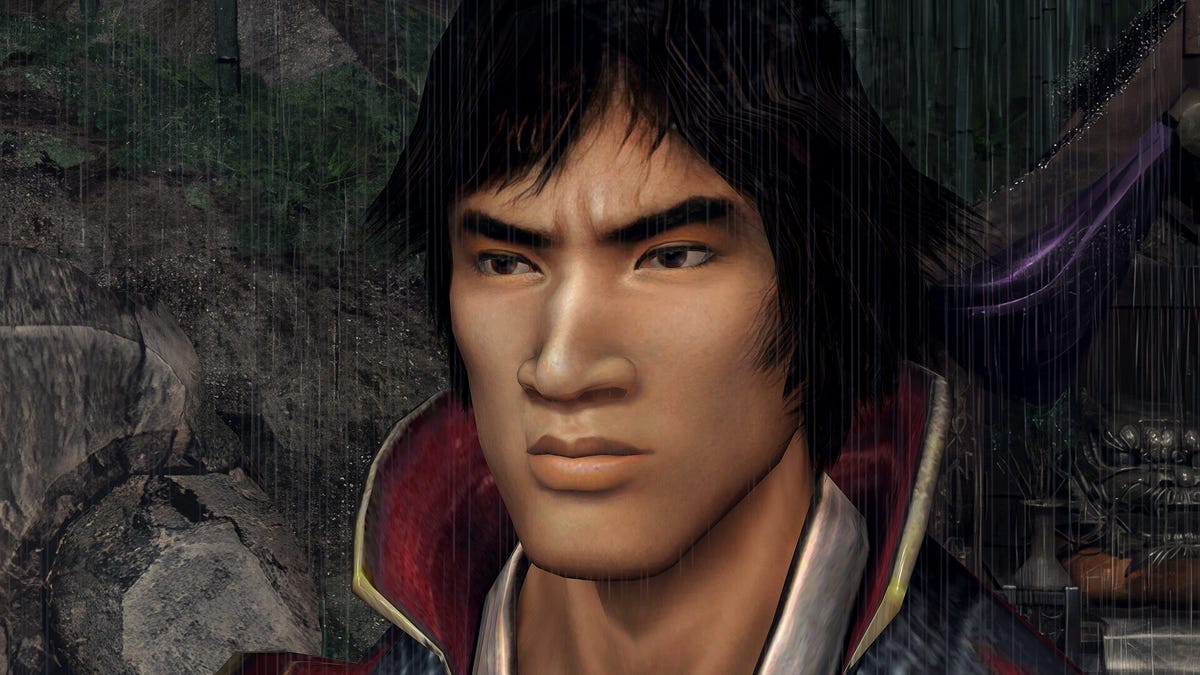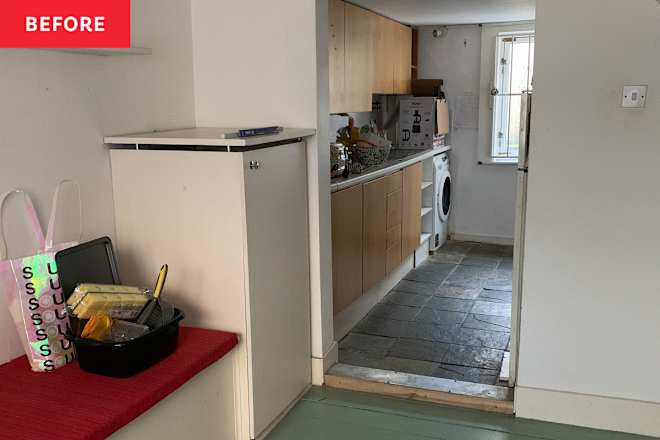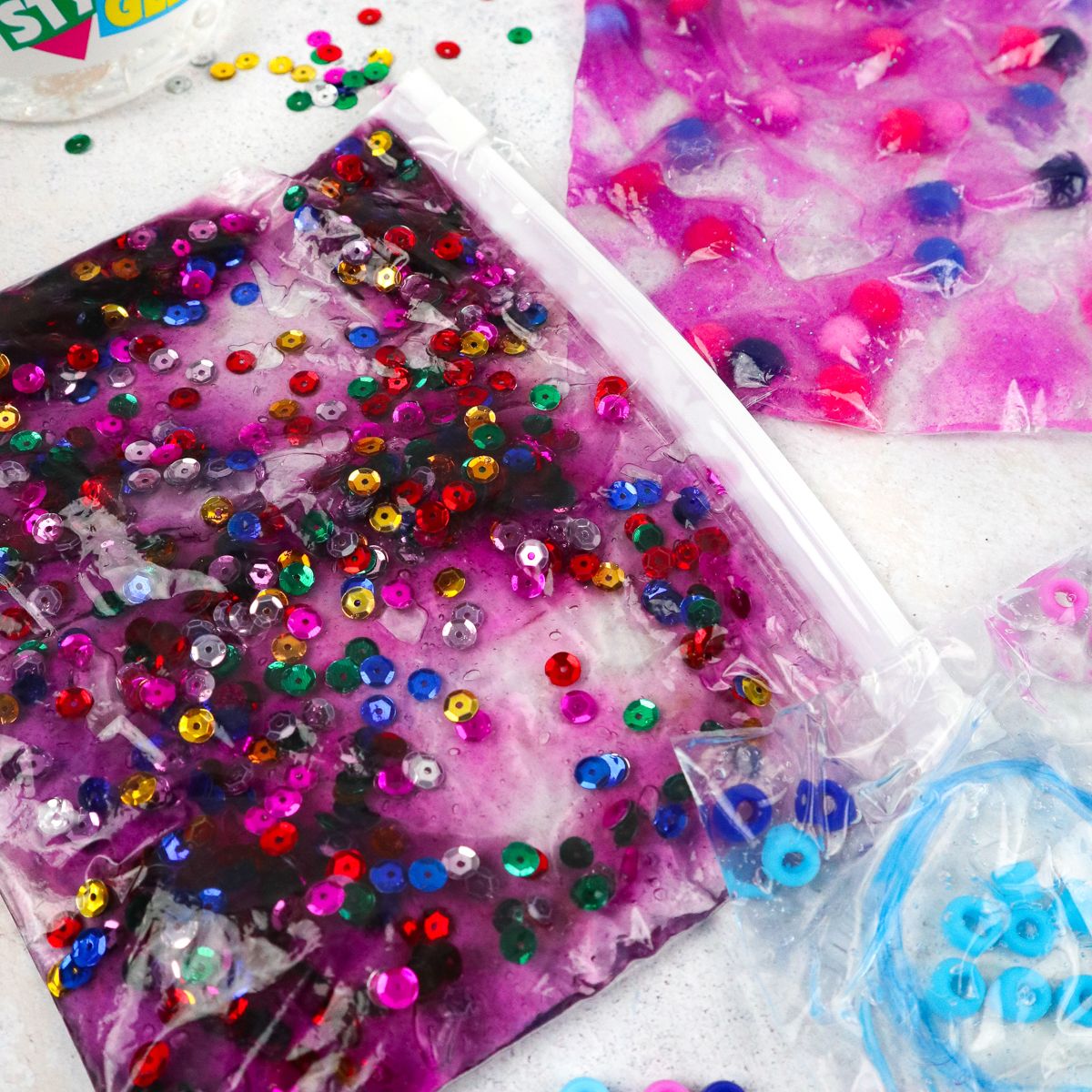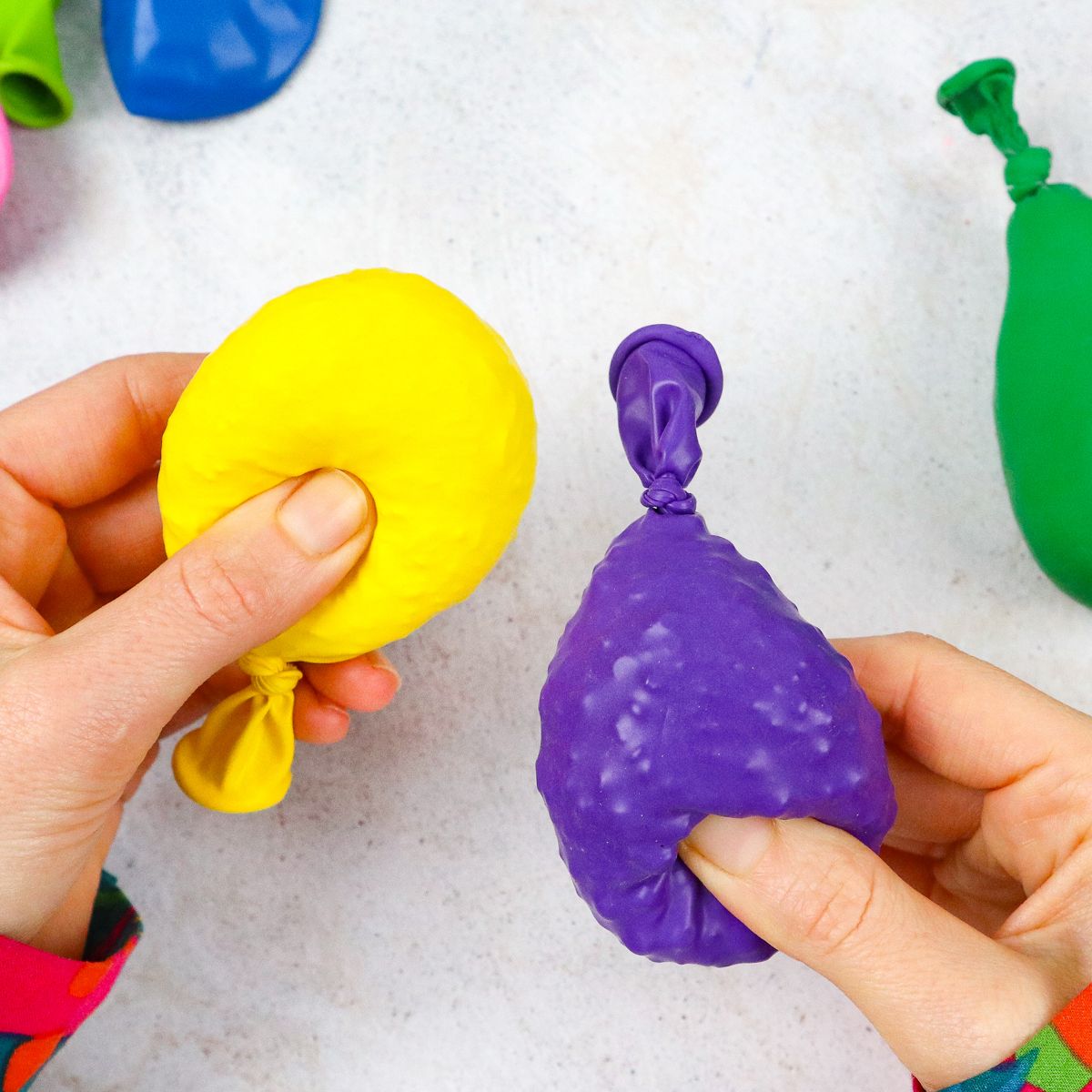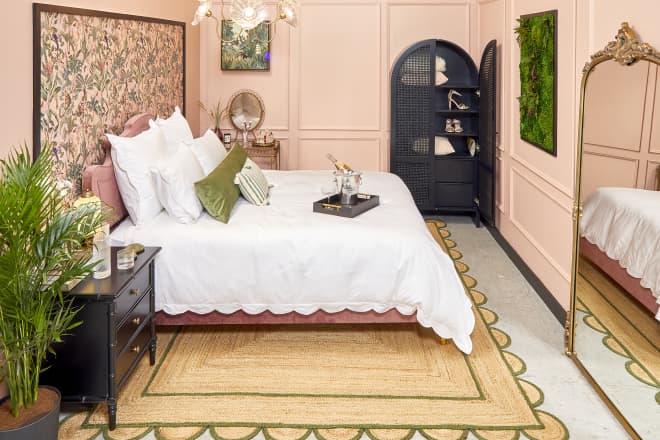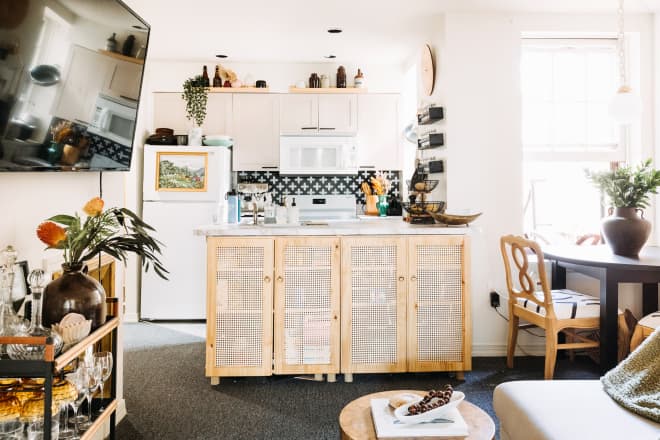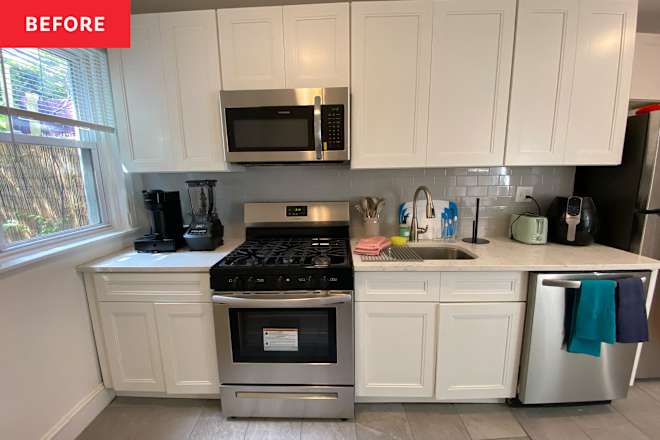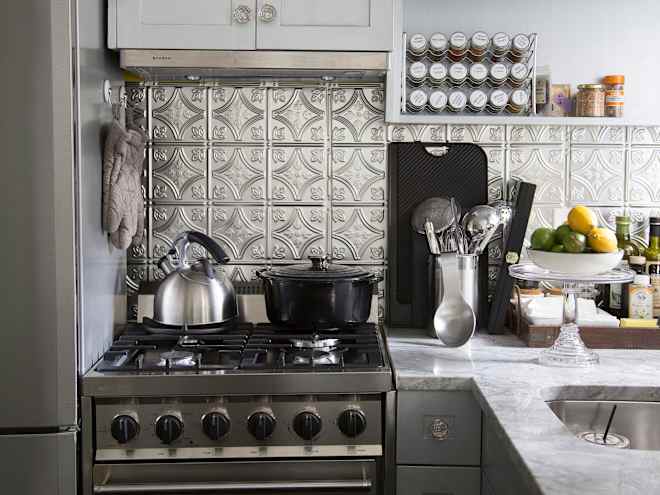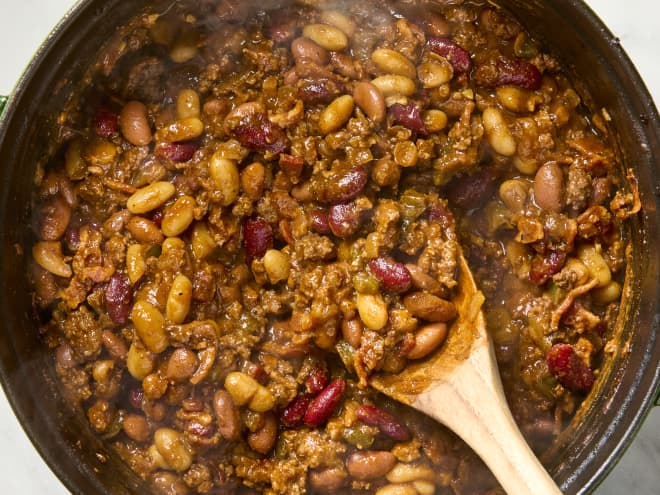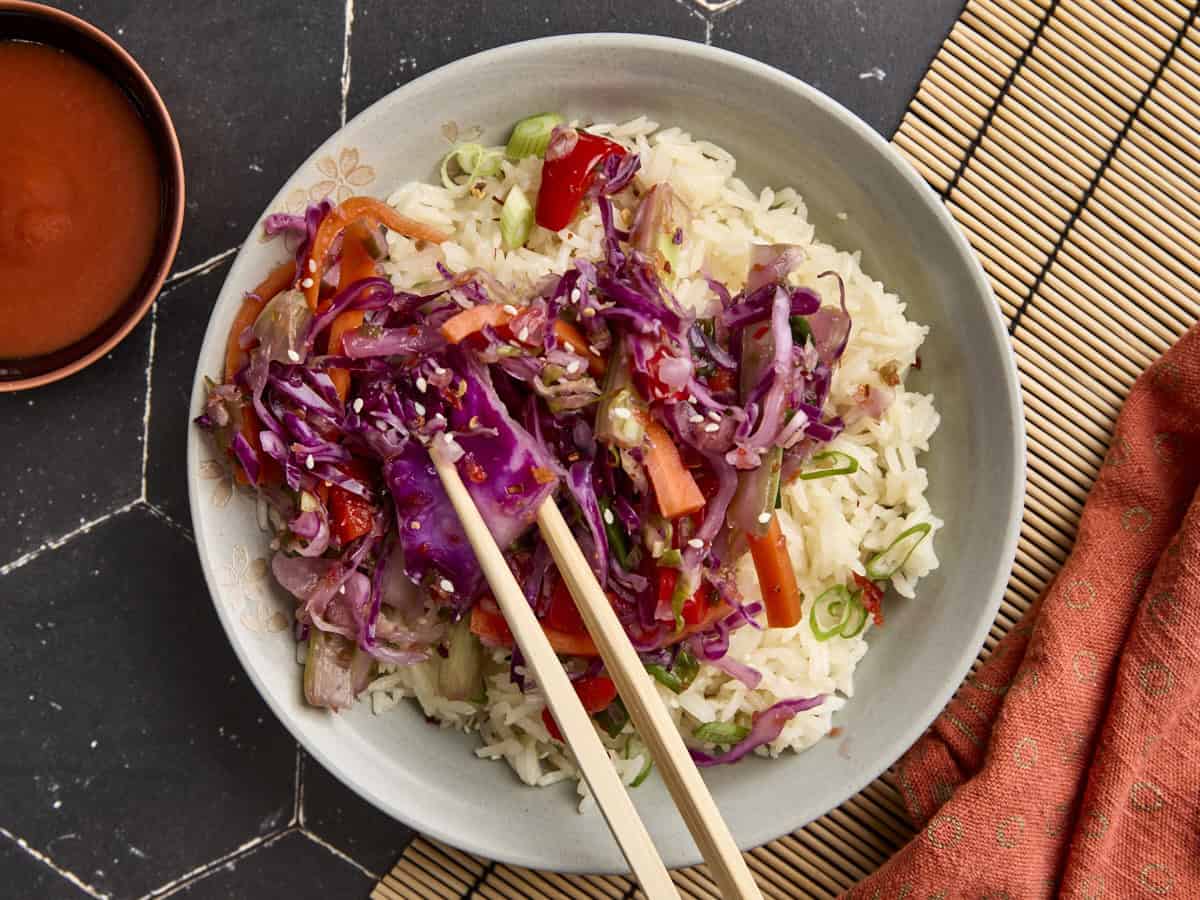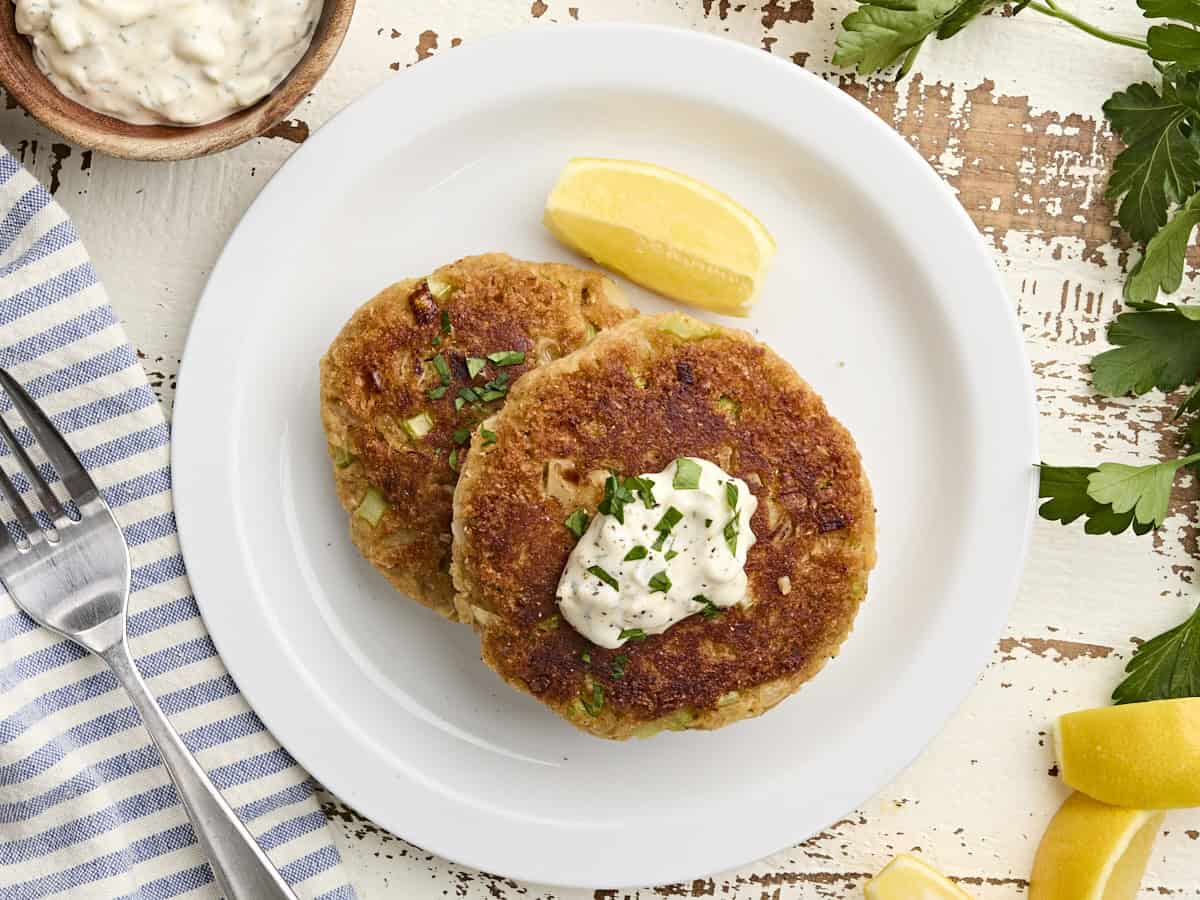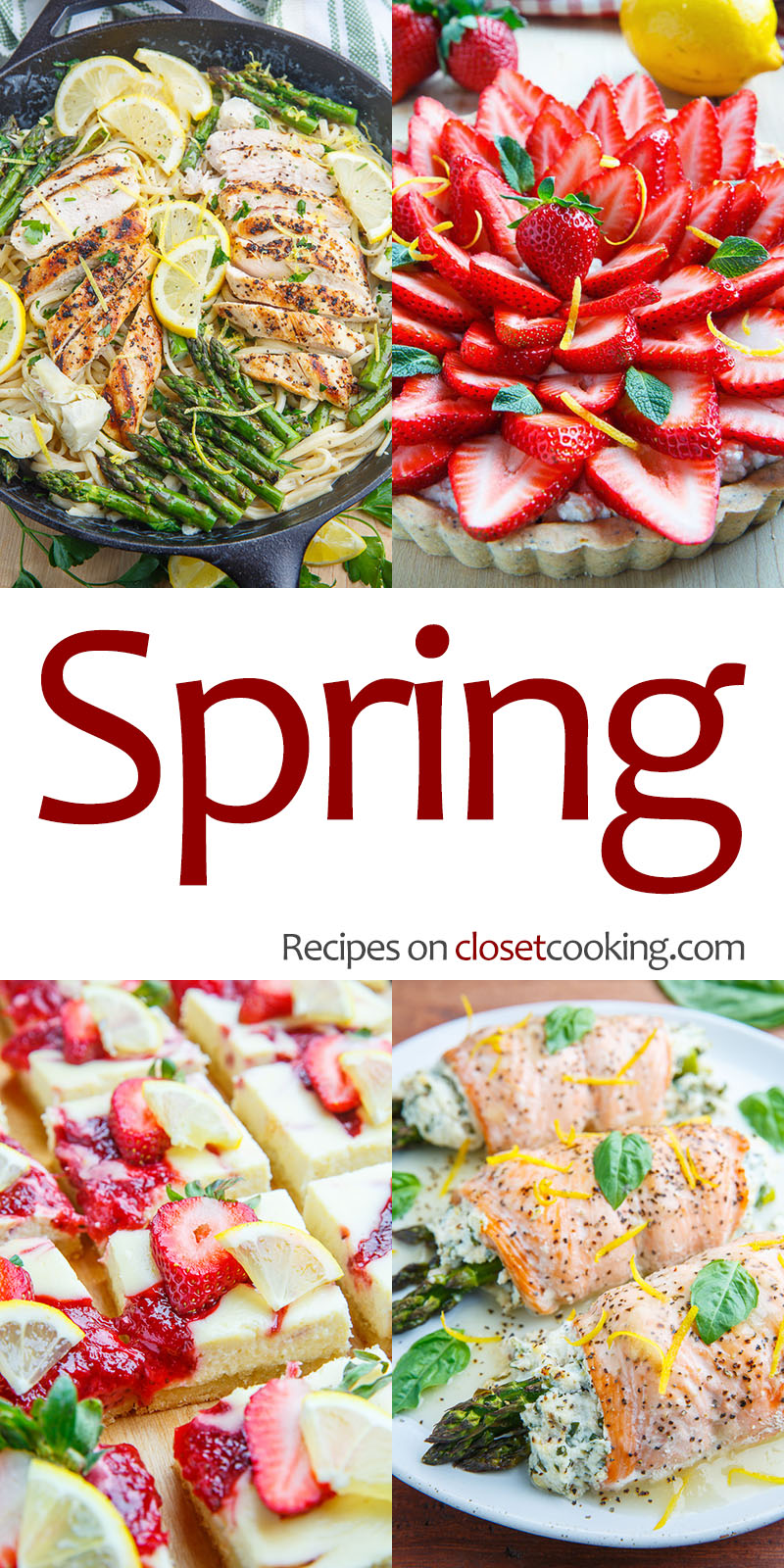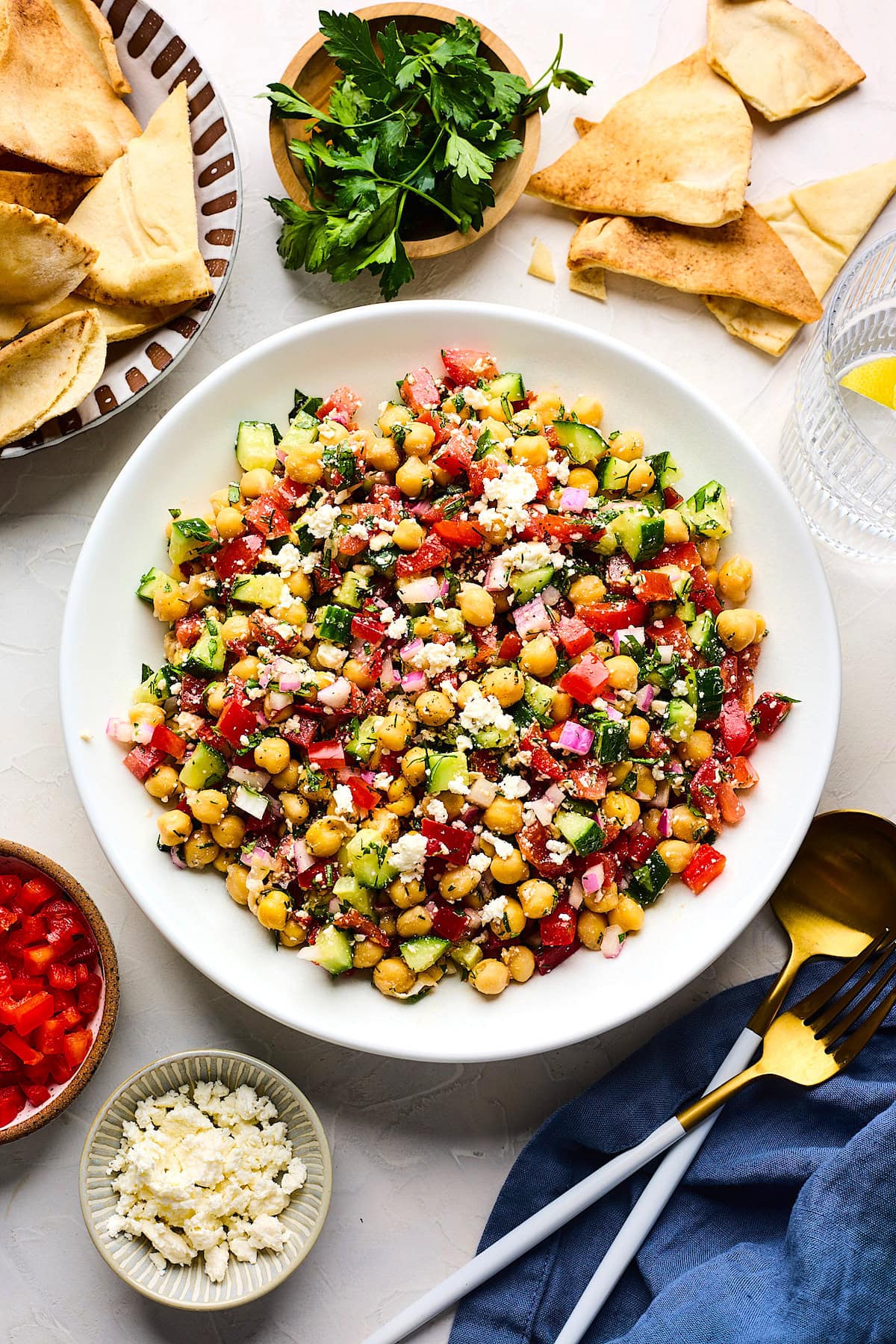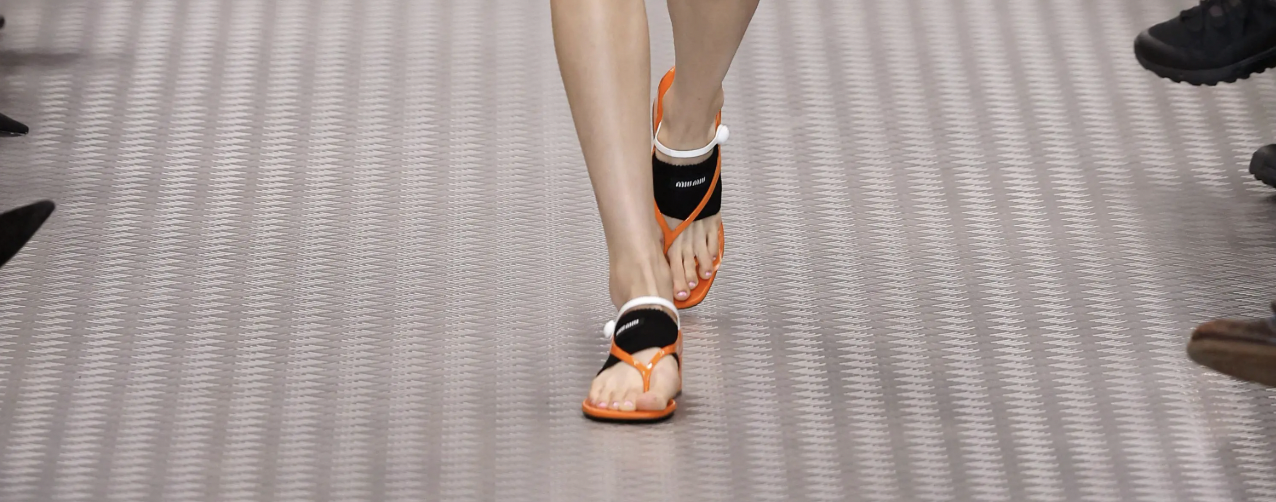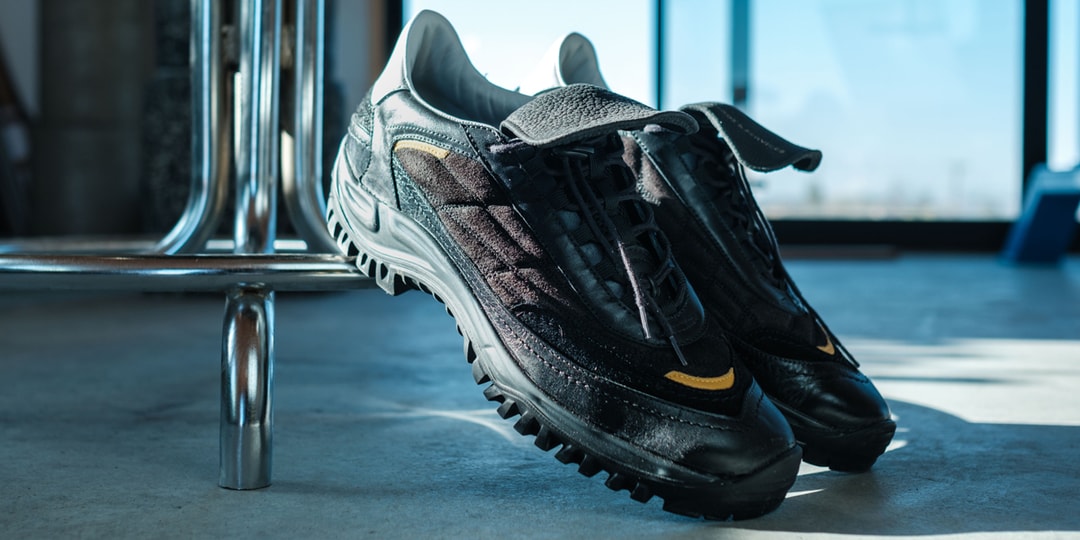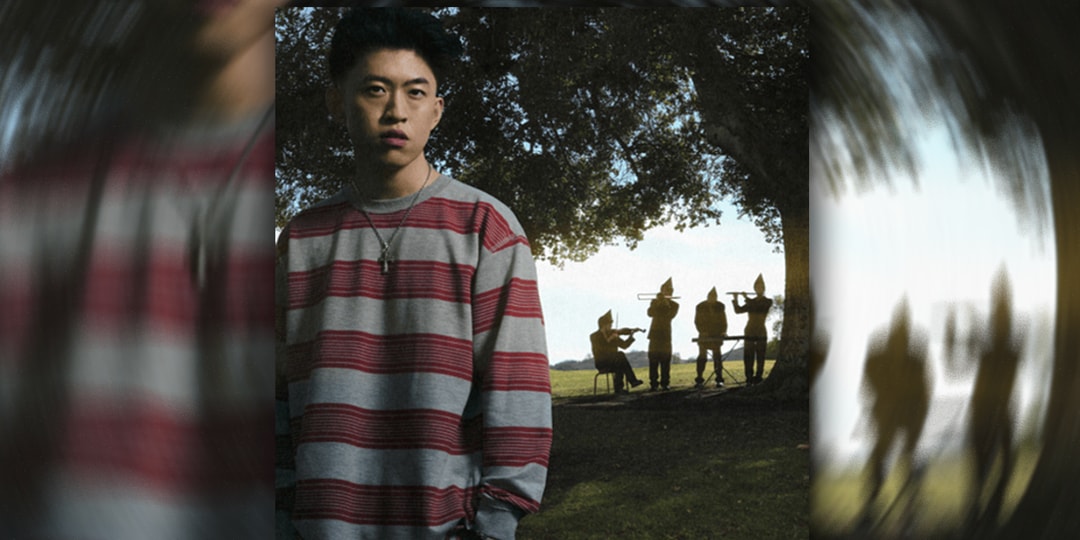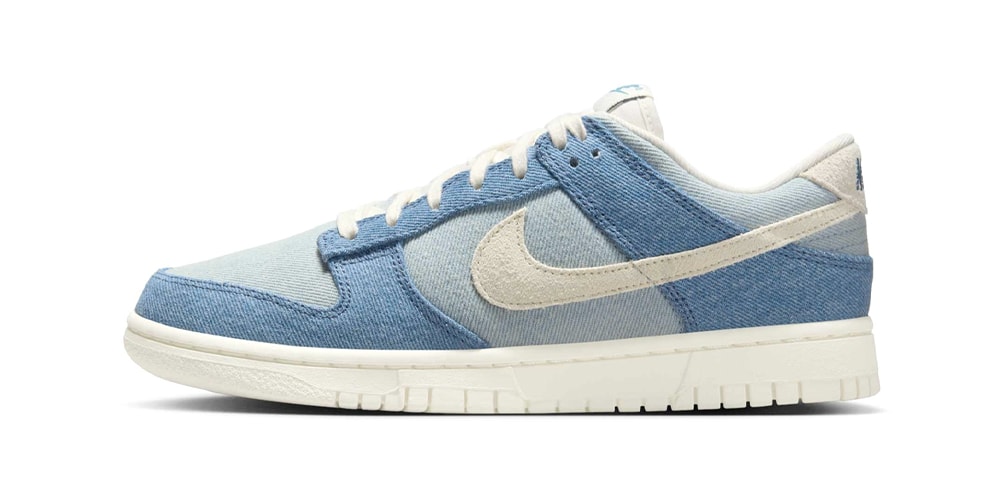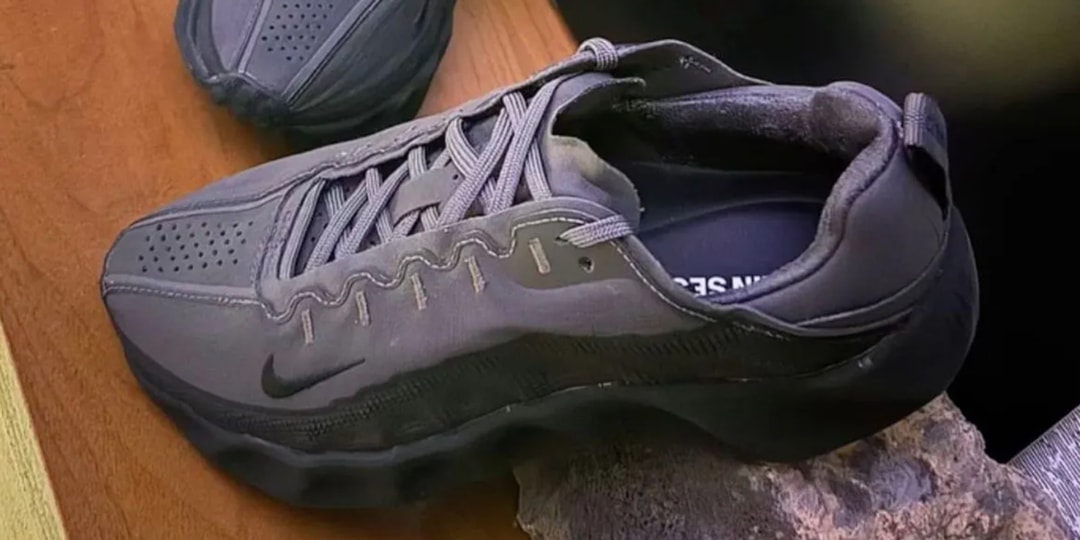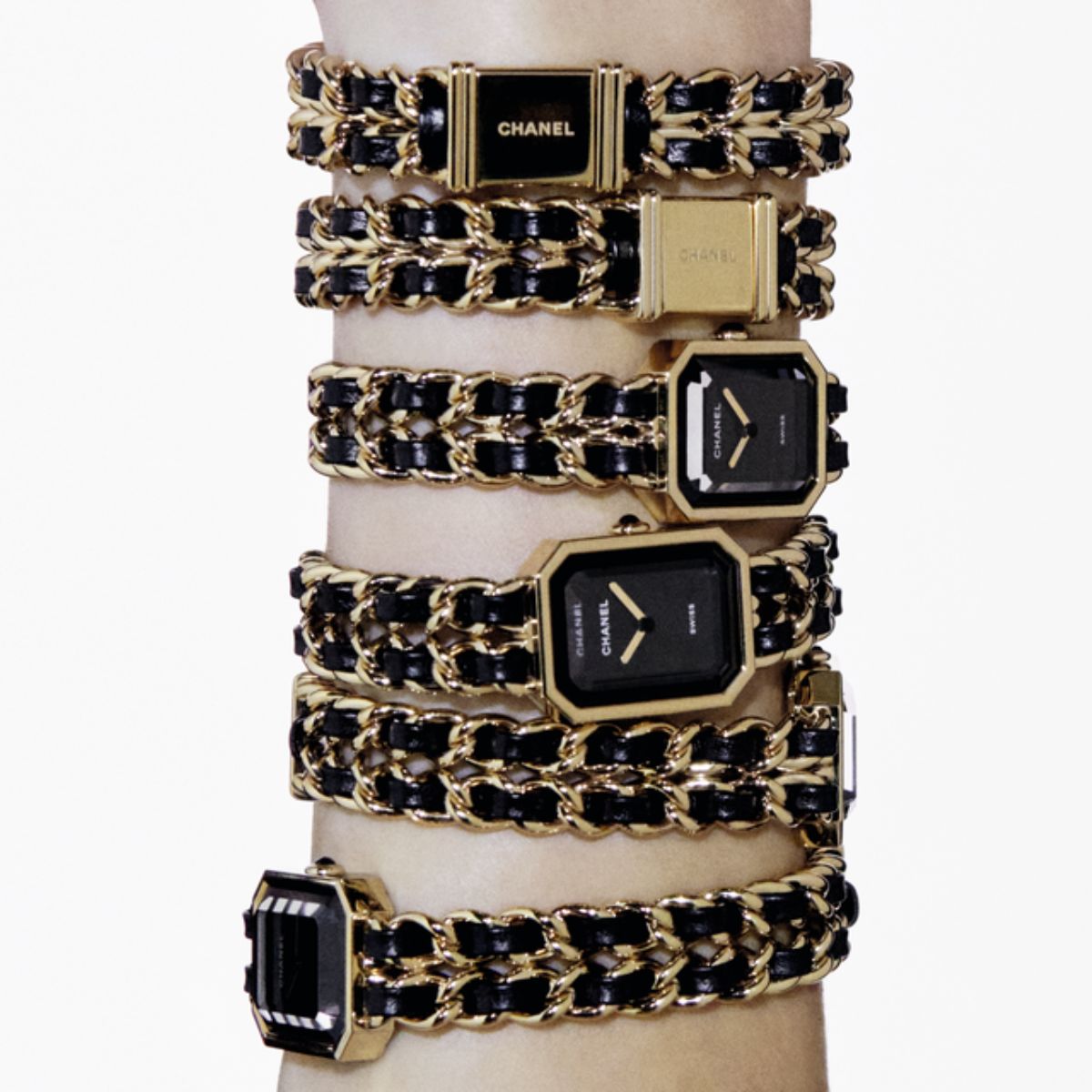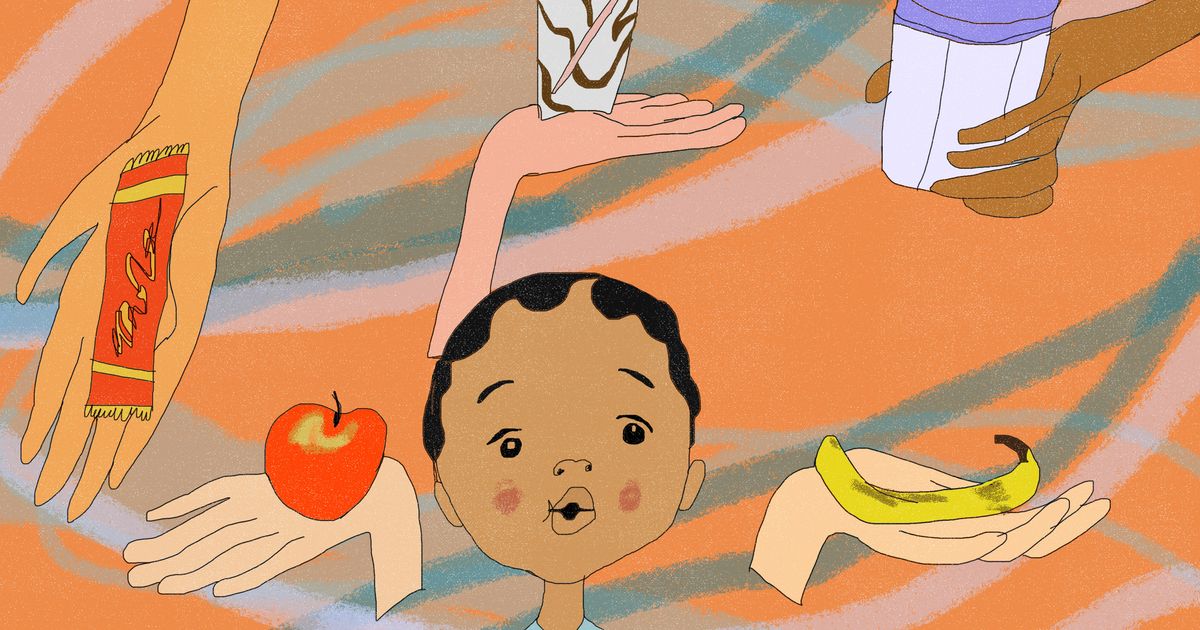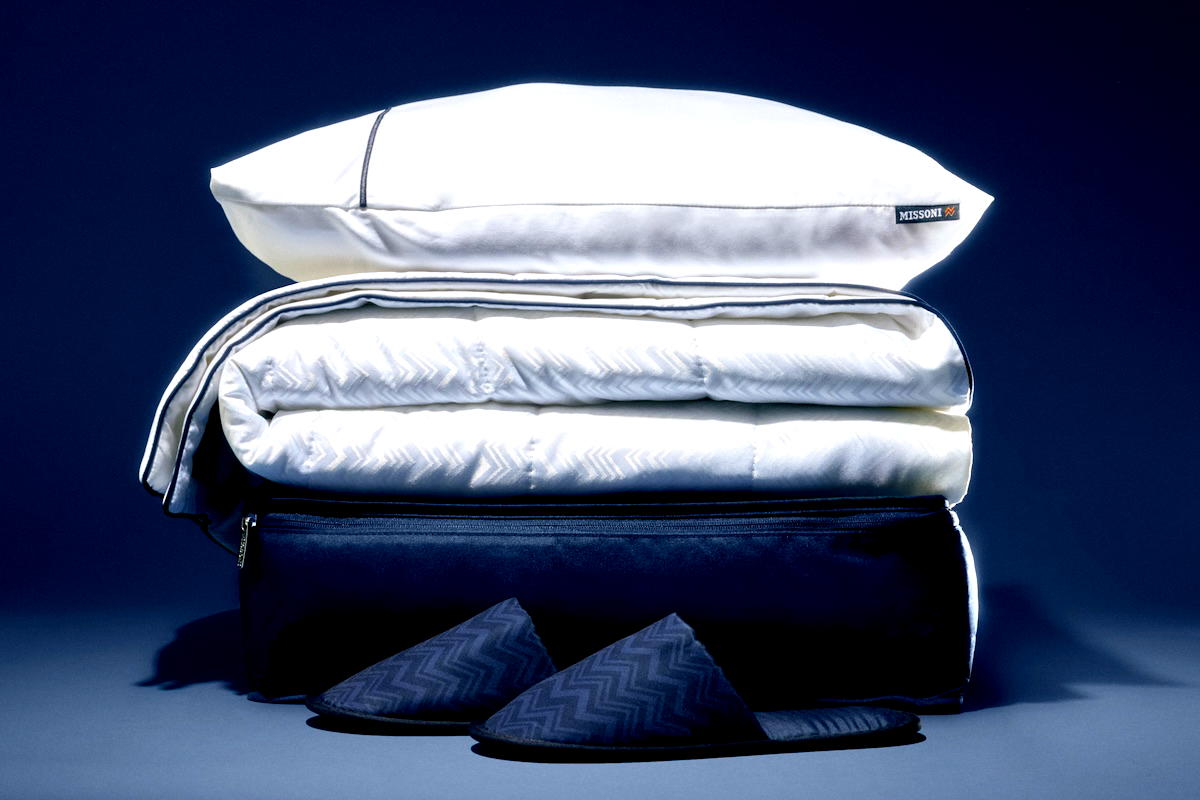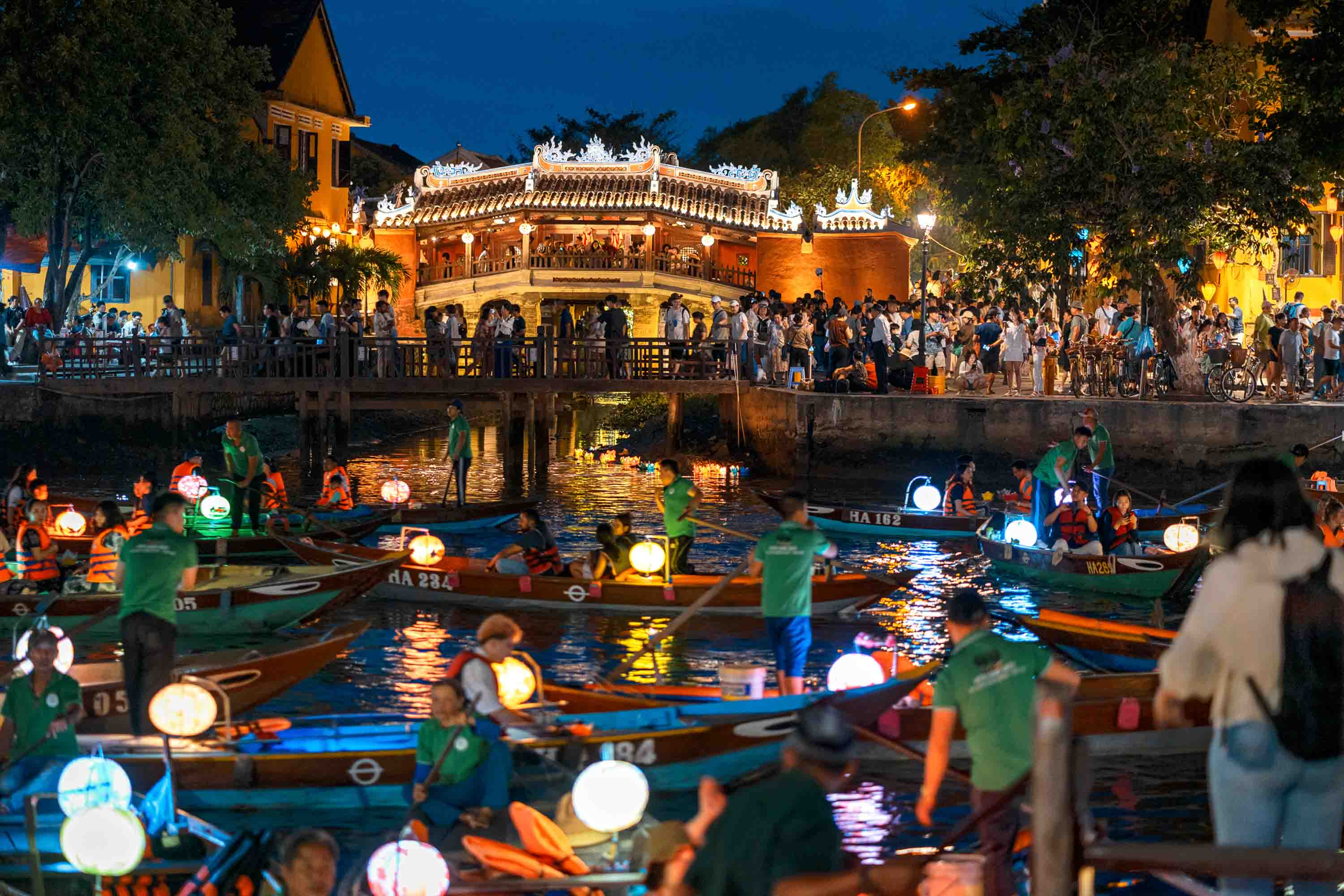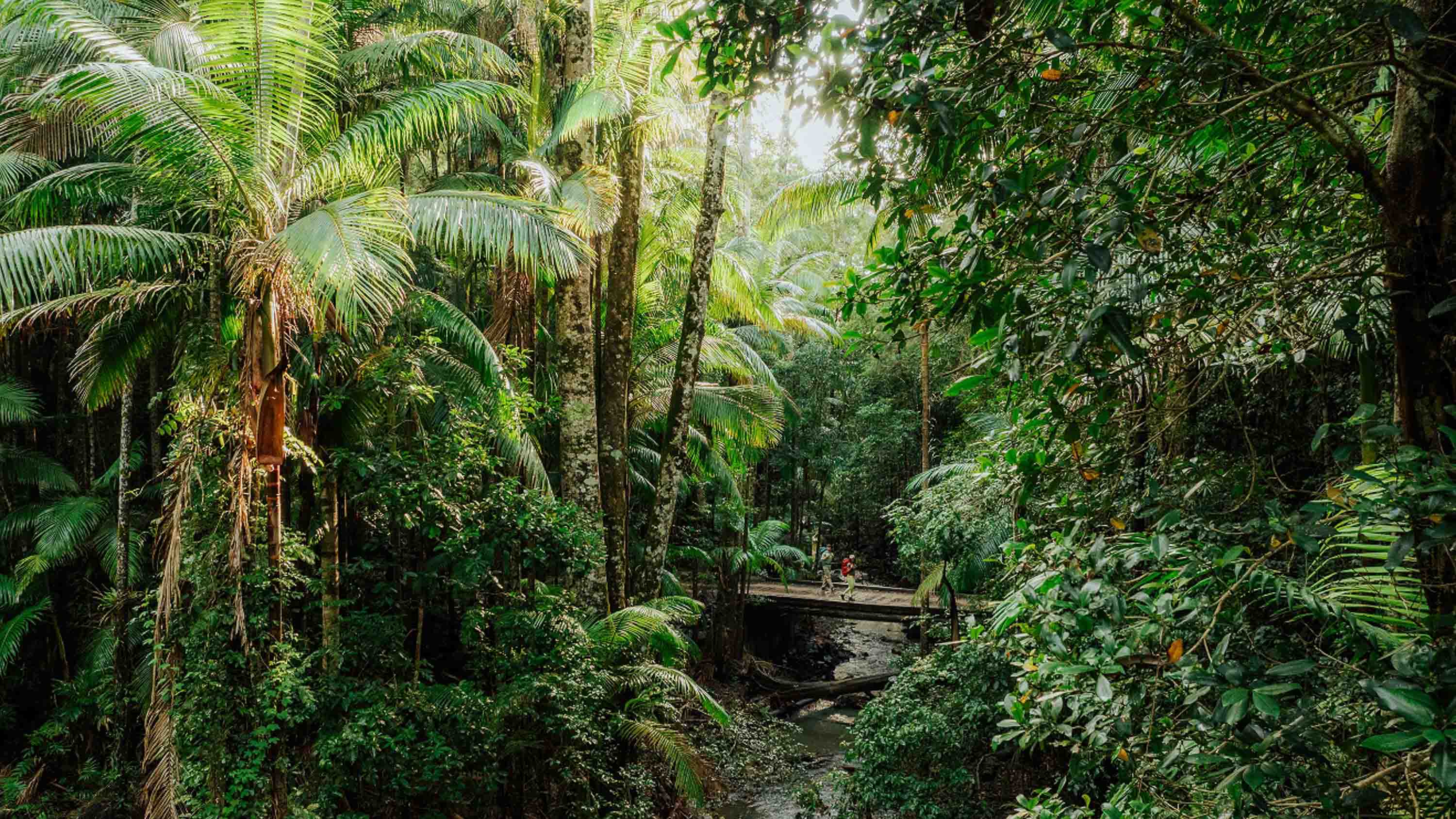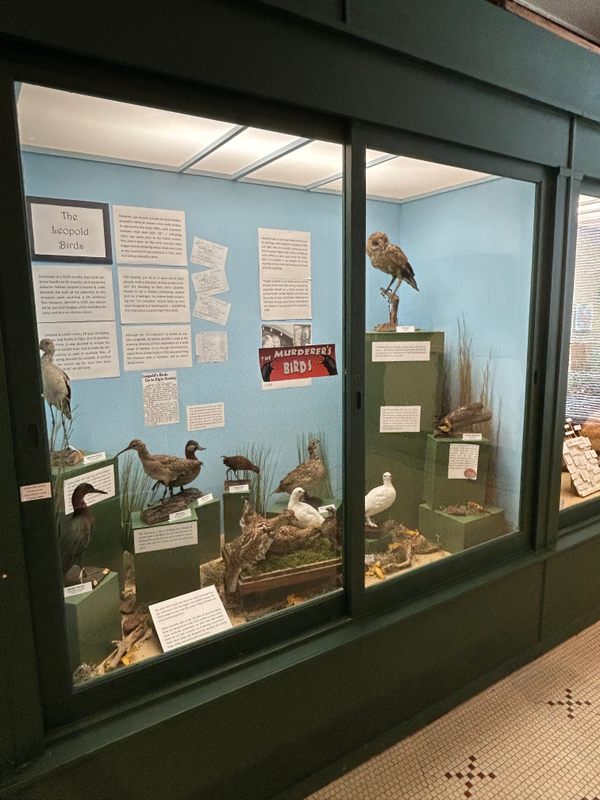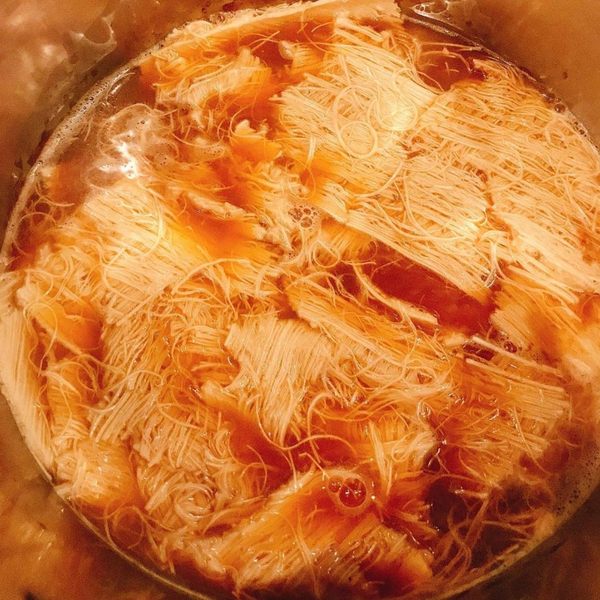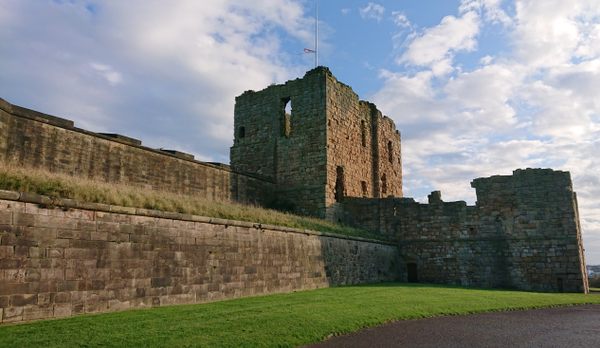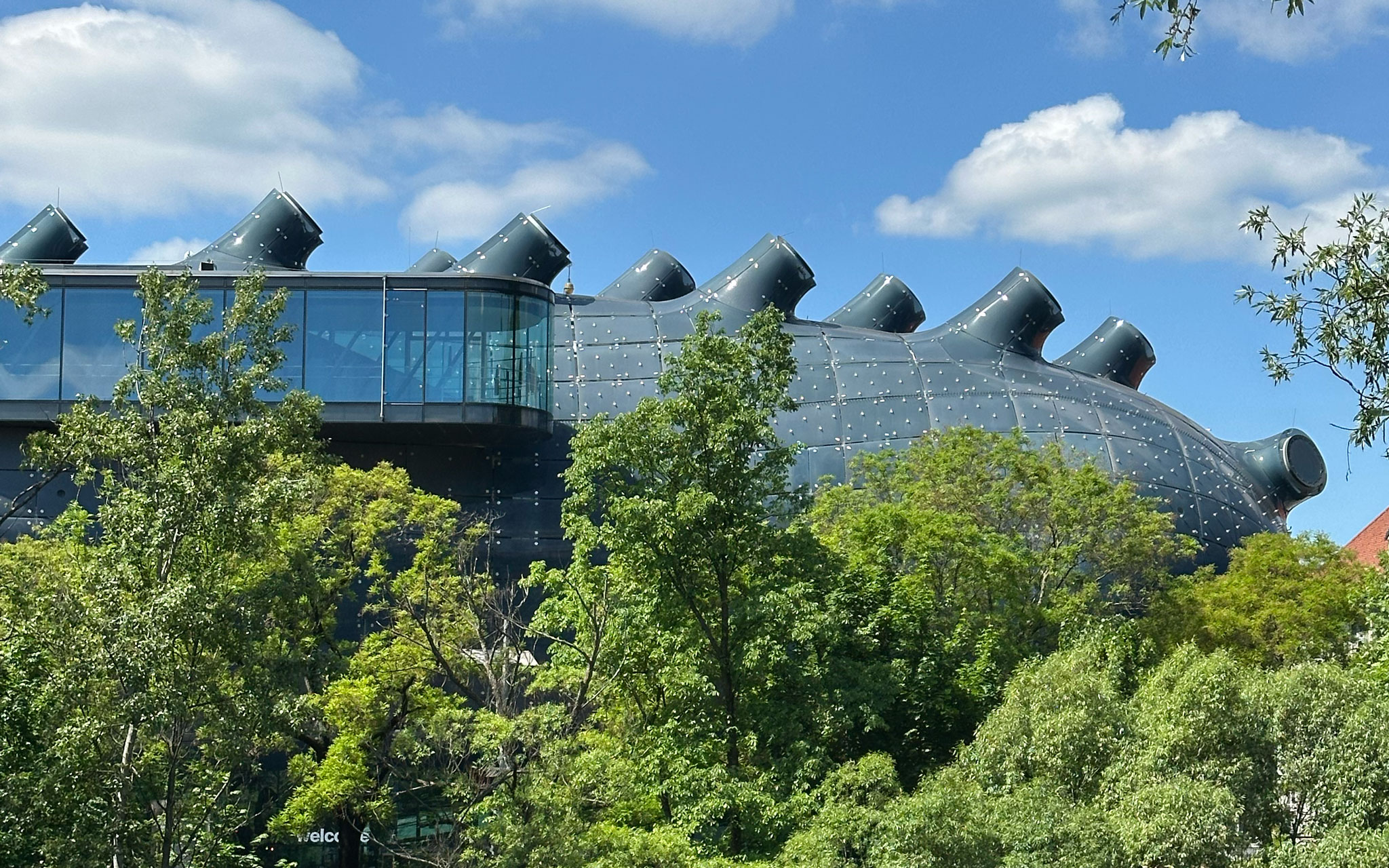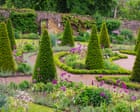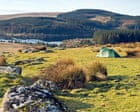9 things you’ll want to do in Sierra Leone
This marvelous country has many ways to get into nature and up close to wildlife. Museums, great restaurants and cultural activities also beckon.

The small West African country of Sierra Leone offers a long list of things to do and see.
Many of the best activities take place outdoors, and involve nature and wildlife watching. You can take your pick from islands, rainforests and national parks; museums, great restaurants and cultural activities also beckon. And if taking it easy is more your speed, well, you’ll fit right in: as Sierra Leoneans will tell you, there’s nothing better than chilling on one of the gorgeous beaches, soaking up the sun – and the natural beauty. 
1. See (and support) the endangered western chimpanzees
Sierra Leone’s population of western chimpanzees has sadly declined by almost three quarters since the 1970s due habitat destruction, the pet and bushmeat trades, and the capture of wild animals to supply scientific research labs.
Tacugama Chimpanzee Sanctuary, a peaceful forest reserve dotted with waterfalls, was founded by Sri Lankan conservationist couple Bala and Sharmila Amarasekaran to give rescued and orphaned chimps a safe place to heal and thrive. The effort started in 1988, when the couple came across a baby chimp tied to a tree 150 miles from Freetown, and took him in to provide medical care. Tacugama has since grown into a conservation organization with more than 100 chimps, and is today at the forefront of chimpanzee-protection efforts, partnering with the government, international partners and nearby communities to safeguard the apes’ future. The chimpanzees live in different groups, under the canopy of the forest, and you’ll meet some of them on a visit here.
Planning tip: The sanctuary organizes four daily tours. If you can’t bring yourself to leave afterward (we get it) you can spend the night in a cozy, round eco hut right in the forest.
2. Eat just-caught seafood on the Freetown Peninsula
There’s nothing like relaxing on the beach with good food and spectacular views. Luckily, Sierra Leone has some fantastic beach restaurants. As you make your way down to River Number Two Beach on the Freetown Peninsula, stop in a Franco’s, an institution beloved by generations of Sierra Leoneans and travelers alike. At simple tables in the sand, framed by towering palm trees on one side and the soft water of the ocean on the other, you can order grilled fish, carpaccio and lobster kebab, washed down with a cold Star beer or a bottle of wine. Go with friends or relax solo with a book and the company of the lovely owners. We also love Roy’s in Freetown, a classic spot for sundowners.
Planning tip: At many restaurants in Sierra Leone, food is cooked to order – and chefs take their time. Allow for wait times of up to 45 minutes. Local lunch spots and high-end sushi restaurants are the exception, with much faster serving times.
3. Spot Sierra Leone’s “Big Five”
Sierra Leone’s oldest national park, Outamba-Kilimi covers two neighboring areas – Outamba (named after its mountain) and Kilimi (after its river) – and gained protected status in 1995. While you almost certainly won’t see lions here (although one was glimpsed on a camera trap back in 2017), the park has its own version of the “Big Five”: forest elephants, western chimpanzees, buffalo, Sierra Leonean hippos (larger than pygmy hippos but still smaller and gentler than their East African cousins), and a few leopards.
Instead of dramatic predator chases, you might see red colobus monkeys swinging through the trees and birds nesting around the Little Scarcies River (over 300 bird species have been recorded here). There are no safari vehicles, either, with visitors exploring the park on foot or by canoe, and rangers leading day hikes, overnight wildlife-watching treks or canoe safaris. The park is home to a growing number of conservation efforts, including camera traps, fire belts and community-awareness initiatives.
Planning tip: Contact the park in advance to plan a trip; the team can advise on logistics depending on seasonal weather conditions, as well as the availability of the simple lodgings at the park headquarters (accommodation is sometimes booked up by organized groups or visiting scientific researchers).
4. Explore Freetown’s historic architecture, then stop for jollof rice
Freetown’s old Krio architecture – with its higgledy-piggledy window frames and colors faded to pastel – is on view throughout the city’s downtown. On Tower Hill, the whitewashed State House is the president’s official residence; built at the turn of the 19th century, the structure incorporates the bastions and lion gate from British citadel Fort Thornton. Next, head to the Sierra Leone National Museum on Siaka Stevens St, where you can take in rotating exhibits on art and anthropology, as well as a permanent collection of historical and cultural exhibits. Look out for the rare photograph of the late Temne guerilla leader Bai Bureh, who led the 1898 uprising against the British colonial administration.
A 10-minute walk away on Rawdon St, is Way Li, a Sierra Leonean restaurant whose name means “delicious” in the Fula language. The menu includes daily specials from Sierra Leone and West Africa, including lachiri and cow milk, fufu, eba-and-egusi soup, cassava bread and jollof rice.
5. Manifest your wildest desert-island dreams on the Turtle Islands
This beautiful archipelago – eight islands in total, with several of sacred significance off-limits to visitors – sits in the waters of the Atlantic, off the western tip of Sherbro Island. Most visitors arrive on Baki, which you can reach by a three-hour speedboat ride from the Freetown Peninsula.
Baki is surrounded by stunning coral reefs that you can explore by snorkeling or diving – or you can just lie back in a hammock on the sands. Local fishermen and cooks can set you up with fresh grilled seafood for dinner. There’s also Baki Guesthouse, a simple place to stay that provides the basics and a warm welcome. Fully catered camping trips can be arranged by Daltons Banana Island Guesthouse.
Planning tip: It’s important to secure permission from village chiefs to camp on the islands; don’t visit without completing this important step. Organized trips usually include this permission.
6. Shop at Freetown’s colorful markets
Dating back to the 18th century, Big Markit is the oldest bazaar in Sierra Leone. Destroyed by rebels in 1999, it was rebuilt by the government in 2004. Enter through its graceful arched doorway to discover a vibrant selection of crafts, souvenirs, colorful textiles, jewelry, blankets, bedspreads, beautifully woven shoes and traditional Temne shukublai baskets. For more-artisanal finds, don’t miss the Lumley Beach arts-and-crafts market.
7. Run one of the hottest marathons in the world
Held every May, the Sierra Leone Marathon is an epic, challenging race that brings a fun crowd to Makeni in the northern highlands. With 5K,10K, half and full marathon options – or a 70km cycle ride – it’s much more than just a sweaty test of endurance. Organized by the nonprofit organisation Street Child as a fundraiser for education initiatives, the race is popular not only with Sierra Leonean athletes, school students and expats but international athletes, too, both amateur and pro.
The marathon begins at Makeni’s Wusum Stadium and snakes along terracotta tracks, through lush scenery and pretty communities where children run out to cheer you on. The route takes in rolling hills, overgrown wilderness and low peaks dressed in shades of green and purple, looping back to the finish line at the stadium where you can restore your electrolytes with celebratory fresh coconuts before receiving a locally carved medal. Makeni makes a good base for hiking, rock climbing and exploring the Northern Province.
Planning tip: You can sign up for the race independently or buy a package through Street Child that includes flights and accommodation.
8. Learn about daily life in a beautiful northern village
Rogbonko (the name means “village in the forest” in the Temne language) was founded by Sierra Leonean–Scottish author Aminatta Forna’s grandfather, who was a coffee farmer in the 1920s. After the civil war, Aminatta returned, spearheading an initiative to transform local living conditions with a school, a clinic, mosquito nets and a dedicated birthing house where traditional birth attendants are supported by trained local midwives. With a local guide in tow, you can visit the village to learn about life there, from subsistence farming to raffia weaving. A visit here helps to support the ongoing projects and strengthen sustainable development. The village is about an hour from Makeni by car.
9. See wildlife on a Tiwai Island night trek
For many travelers, Tiwai (“big island” in the Mende language) is one of the highlights of a trip to Sierra Leone. Don’t be misled by the name, for this island – currently under consideration for UNESCO designation – covers a mere 4⅔ sq miles (12 sq km), every bit of it ancient lowland rainforest. Today, it’s protected as a wildlife sanctuary and community-led conservation initiative.
Tiwai has a humid and wet climate in which its population of endangered pygmy hippos thrive. Though you might spot one if you’re very very lucky, the animals are shy and sightings are rare. Still, there’s much other wildlife to see here: Tiwai has the richest concentration of primates in Sierra Leone, including western chimpanzees and striking black-and-white Diana monkeys, as well as bush babies, forest elephants, otters, sea turtles, 135 species of birds and more than 700 different plant and tree species.
Planning tip: You can reach the island by speedboat or dugout canoe from Kambaba village, which lies off the Potoru–Tiwai highway. Once there, you’ll be assigned a guide who will guide you on treks beneath the rainforest canopy. To see nocturnal wildlife, four-hour-long night treks usually leave at 2am, and you’ll return to your lodgings or campsite in time for a sunset breakfast.




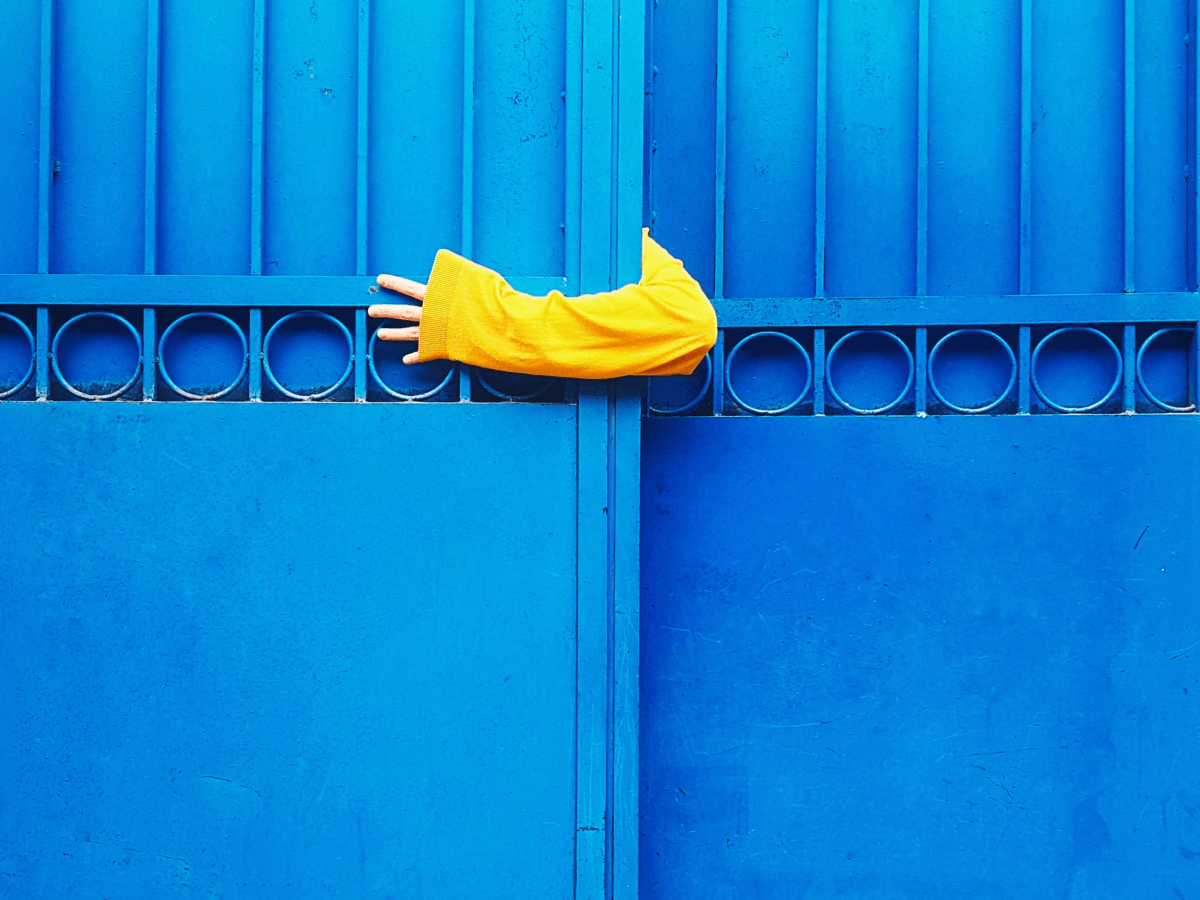


















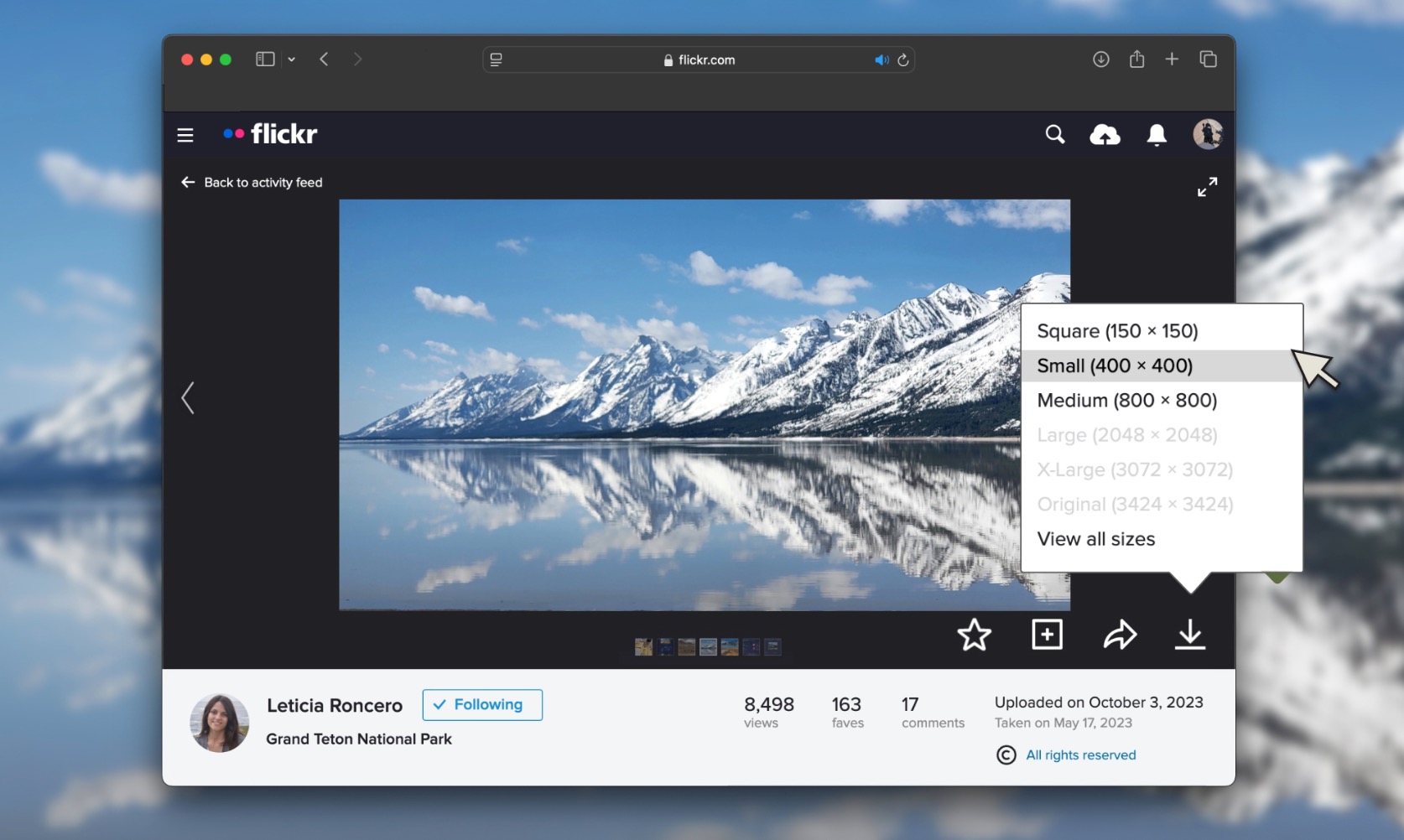





















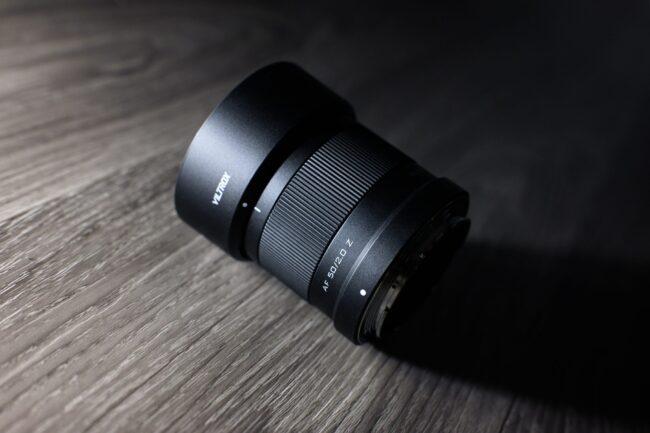
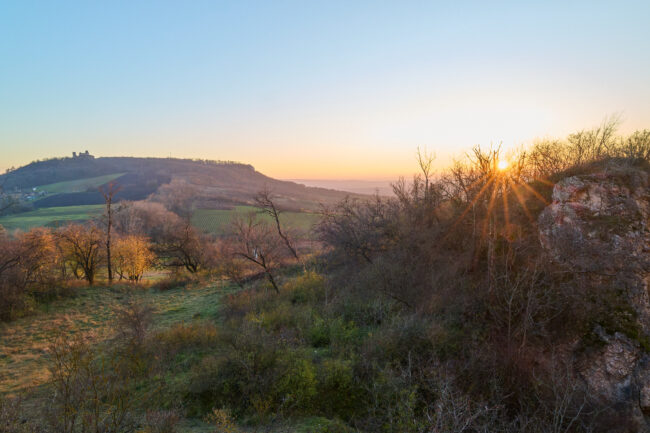

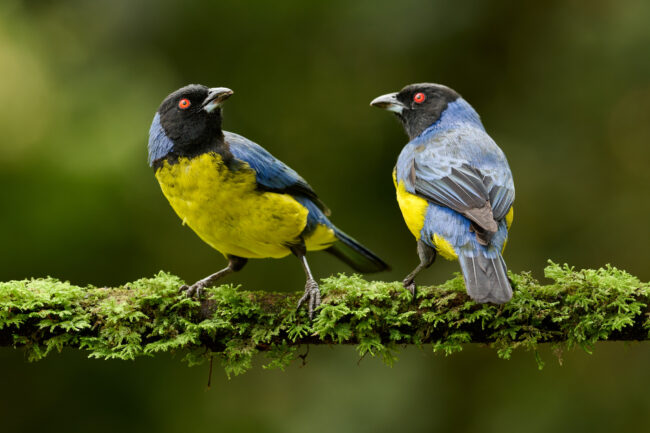















.png?width=1920&height=1920&fit=bounds&quality=70&format=jpg&auto=webp#)














